The campaign is well underway. To be honest, a certain sense of everyday life has slowly crept in with us, so you might want to forgive me if I begin to struggle a little to see the extraordinary in the ordinary. Spirits remain high, and there is plenty to tell off:
The week started rather unpleasantly. The cold weather and the new surroundings have promoted some sickness among the team. While most of us suffer the most mild symptoms at best, one of our elderly operators had fallen sick and could not attend the first flight. With no-one being able to replace him the first flight here in Alaska had to be delayed. We wish you the best for a speedy recovery Christof!
One should not believe this week has been slow in any capacity. As one might suspect from the slight delay in publishing, we have been incredibly busy. The weather on the Pacific appears to be more dynamic and unpredictable than we had hoped for, as our forecasts have been rather mutable for far reaching forecasts, forcing us to operate on rater short-hand notice. The situation over the Pacific, however, is still most promising. We can expect multiple filaments in the coming weeks moving to Anchorage, with several promising candidates for the sought-after double flights, where a single filament is measured multiple times in a row, revealing much of the underlying dynamics. Typical timescales typically only allow for two flights before the filament is dissolved, but nonetheless the information will be valuable for us.
Today the biomass flight over the Canadian wildfires concludes. I may already say the results look promising so far. The complete analysis and calibration will take time, something that has taken up a big chunk of my available time. We captured increased quantities in carbon monoxide, an indicator that we managed to capture much of the outflow of the now slowly dying wildfires. The data will reveal much of the burning processes and of course its effect on the overall weather. There are also extraordinary amounts of trace species we did not anticipate in these air masses. As of now there seems to be a consent among the different instruments, leading us to believe that these measurements are in fact very real. The full extend of these implications can only be shown after more advanced analysis. Next week there will be a quick-look meeting, where we gather and present our preliminary measurements. It’s a shame it won’t happen until Wednesday, but there is always next week to report on that. Definitely stay tuned for that.
And during our first day-off here in Alaska we decided to enjoy the unparallel nature all around us! If you are curious about the raw beauty of the North, please – stay a while and let us share with you some of the highlights:
The first group decided to go hiking up the Chugach Mountains to the summit of O’Malley Peak. The trip took the better part of a day, spanning about 7.7 miles (12.4 km) and a total elevation of roughly 5100 feet (1.5 km). The weather was rather pleasant, and apparently it must have been quite the experience. I personally did not participate in this trip, but can share with you some highlights:
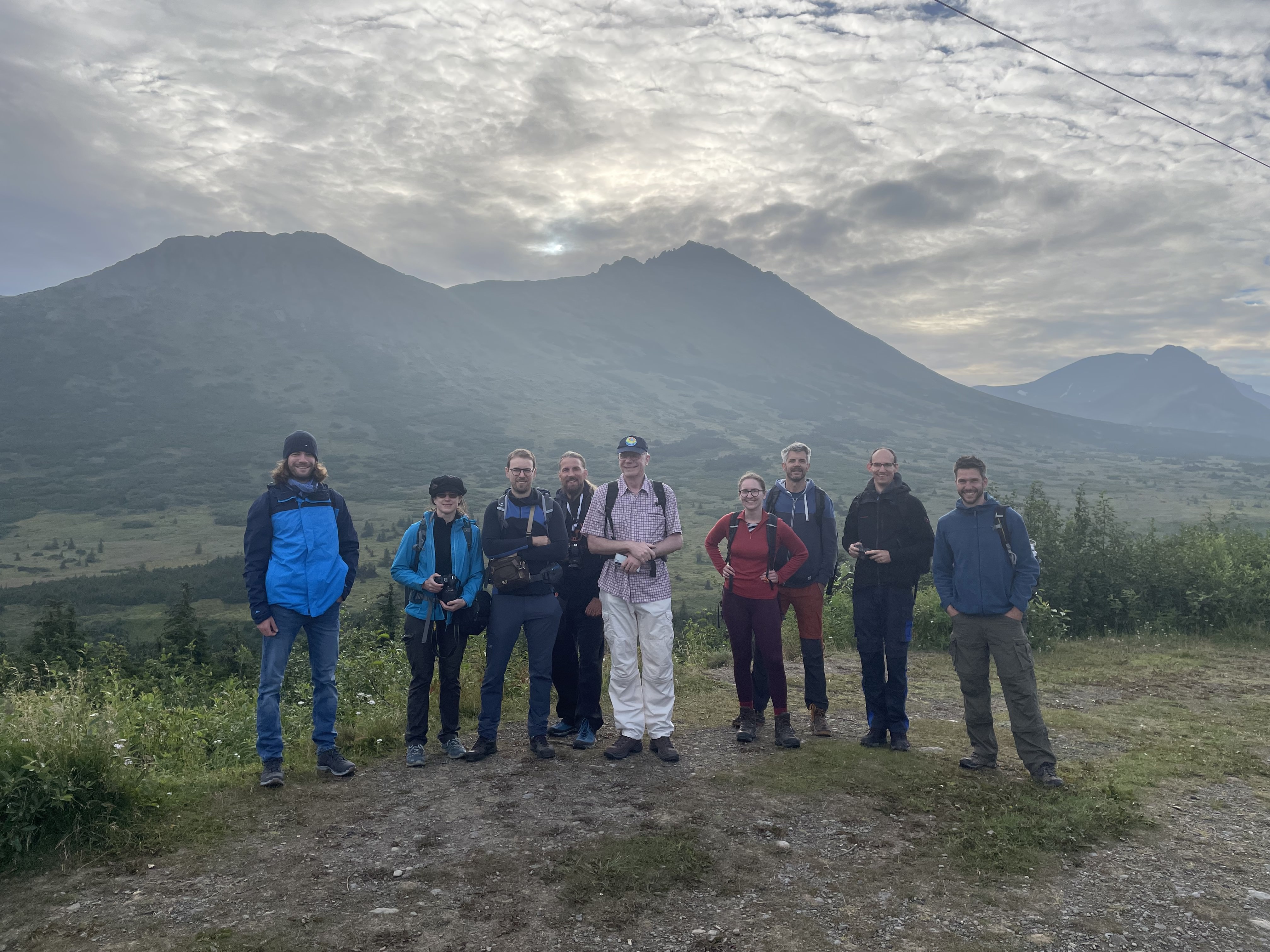
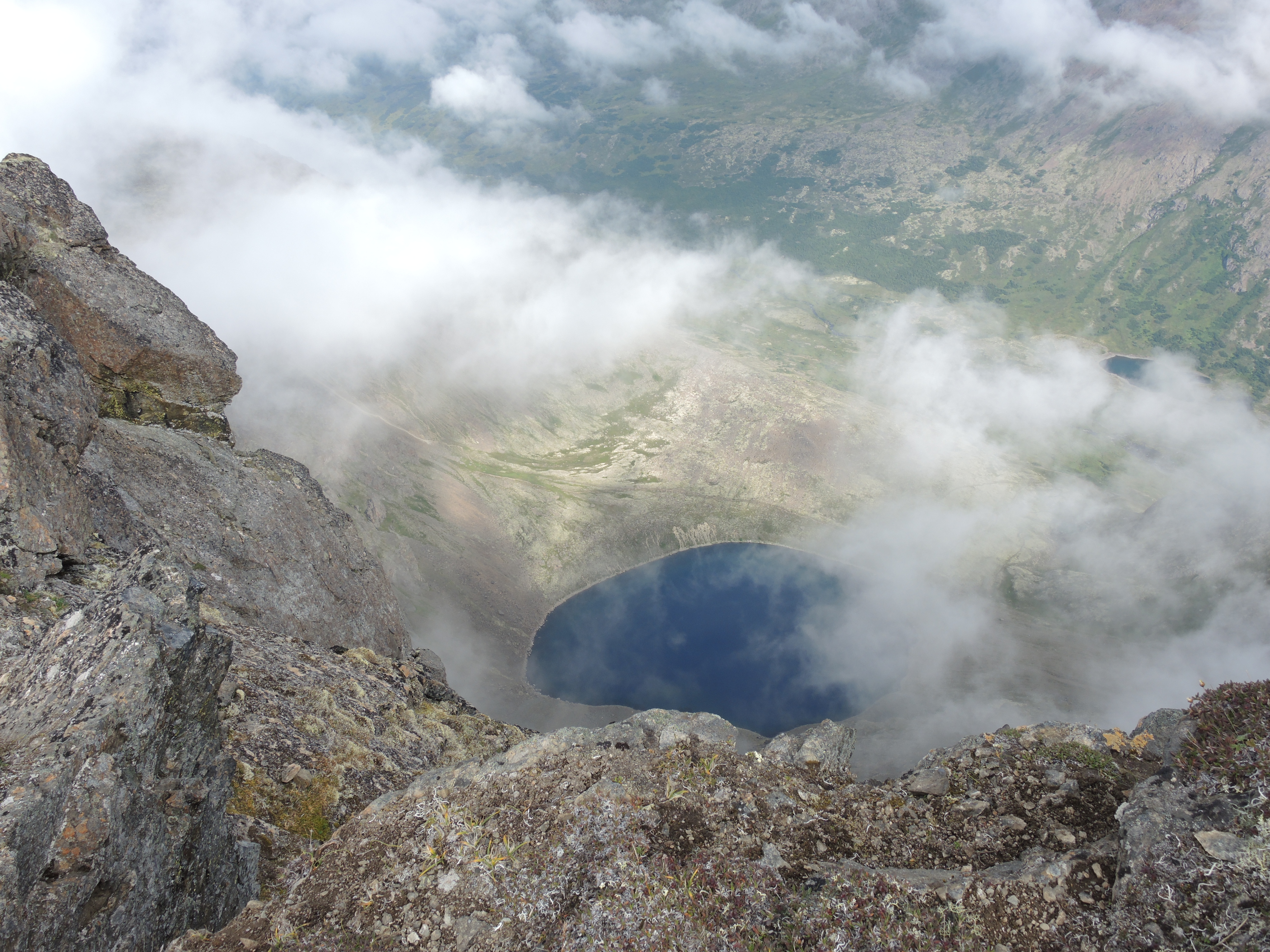
The second group decided to go on a cruise to the numerous glaciers. We boarded a catamaran near Whittier and traveled the numerous fjords of south-western Alaska. It took us the better of six hours, but the view on Alaska’s wild nature was nothing short of marvelous. Not only did we enjoy the nature of Alaska, but managed to catch a glimpse of much of the local wildlife, as well as the rare ice bear (somewhat). Legend has a Sasquatch had been sighted on the ship, very much as advertised on the brochure, but this little joke isn’t quite worth the cost of the embarrassment I’d have to suffer, so best to just use your imagination. I participated in this little journey, and I hope you can catch a glimpse of the experience this way:

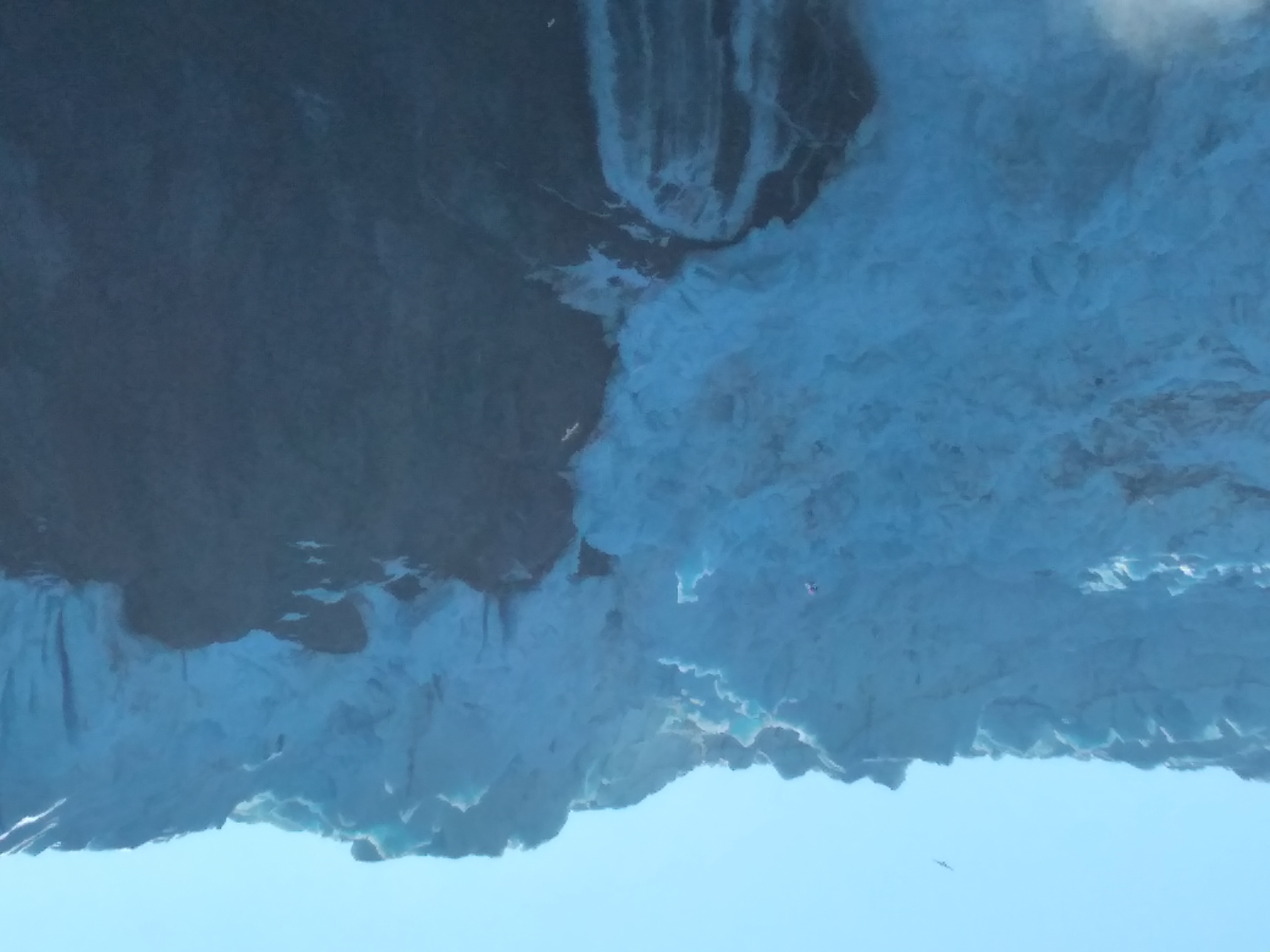
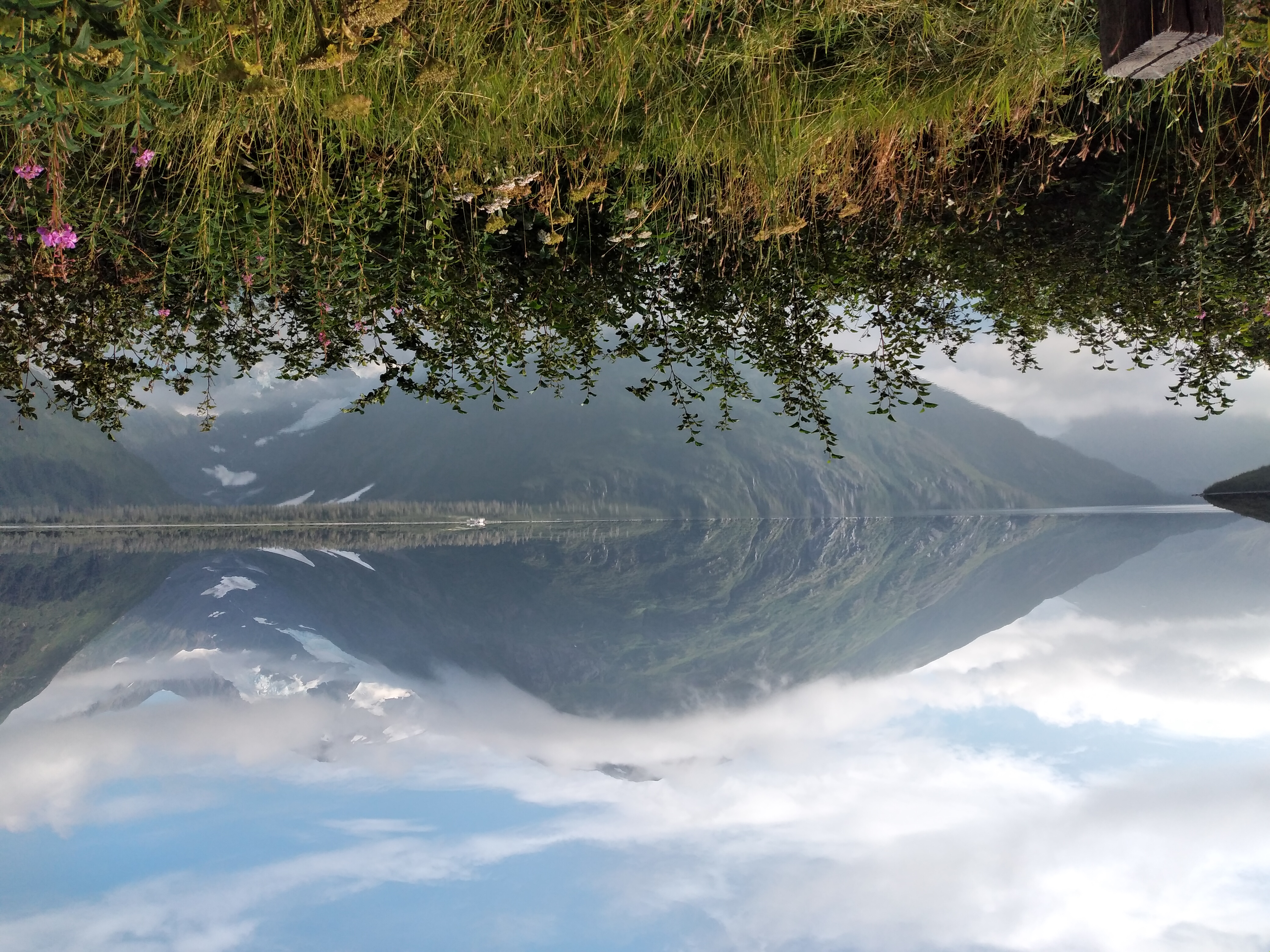

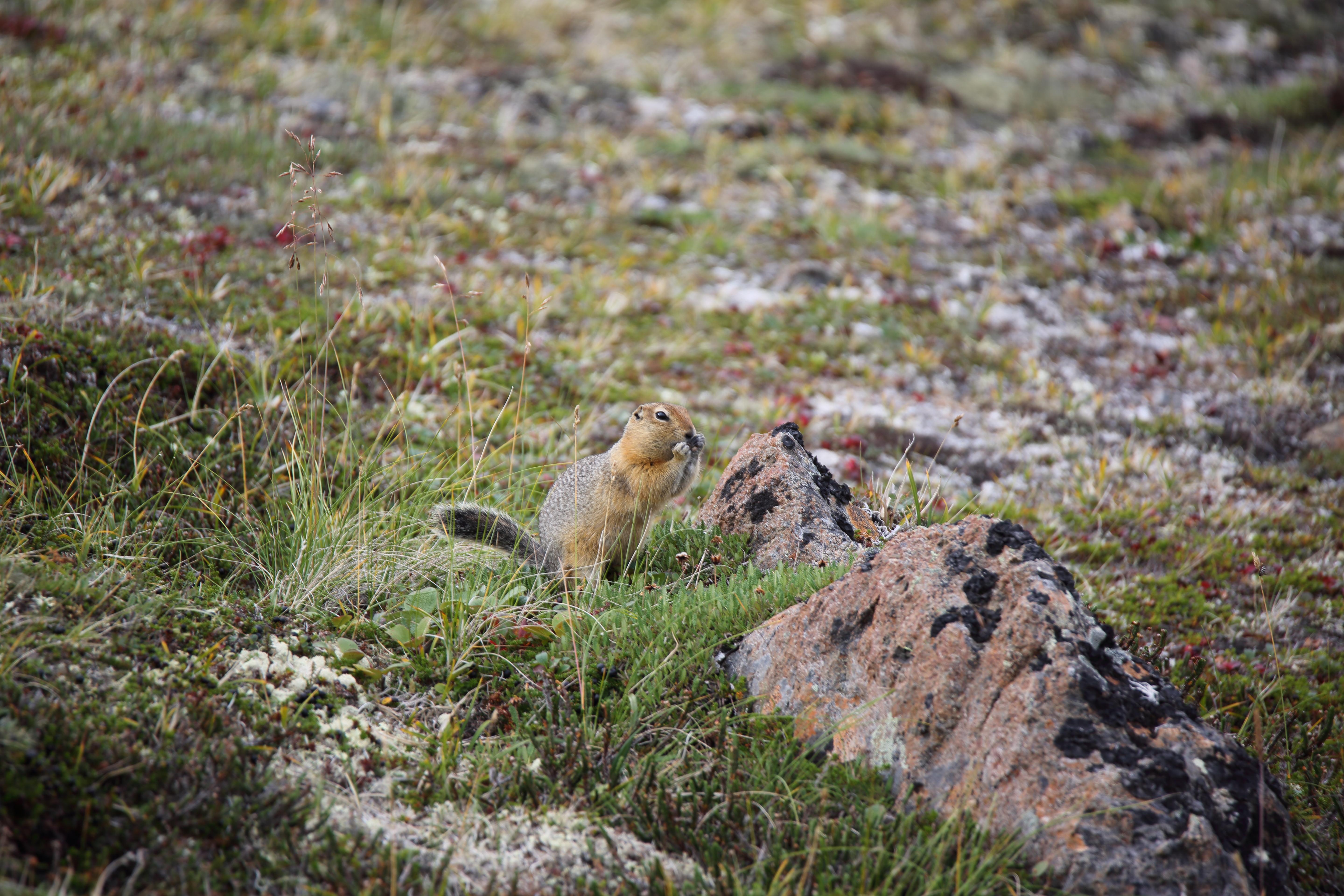

Issues with image material resolved. Post restored.